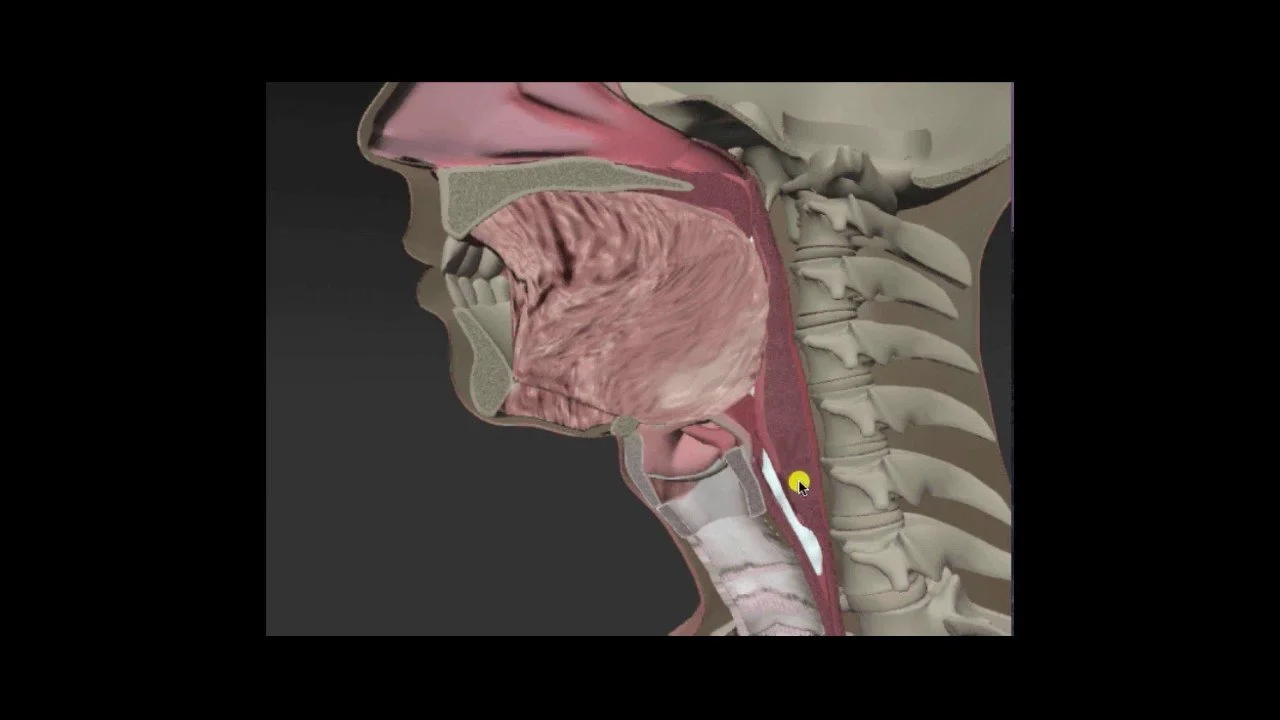Swallowing difficulties, also known as dysphagia, can have a profound impact on daily life.
Ever wonder what happens when you swallow?
How is dysphagia diagnosed?
A clinical evaluation of swallowing, completed by a qualified speech-language pathologist (SLP), is usually the first step. After observing a meal or snack, the SLP may decide a more formal assessment, called an instrumental swallow study, is needed.
Videofluoroscopic Swallow Study (VFSS), also called a Modified Barium Swallow Study (MBSS), is conducted by taking video x-ray while swallowing barium contrast mixed with food and liquid.
Flexible Endoscopic Evaluation of Swallowing (FEES) is conducted by inserting a tiny camera (endoscope) into the nose and watching swallows of saliva, food, and liquid.
All of these evaluations are functional, intended to identify the safest, least restrictive diet and any necessary modifications to address the dysphagia as soon as it is diagnosed.
What causes dysphagia?
Swallowing problems can be…
Congenital, occurring before birth. This may be from a structural problem like a cleft lip/palate or tracheo-esophageal fistula, related to a syndrome such as Trisomy 21 or DiGeorge, or a neurologic problem such as a Chiari malformation.
Acquired, resulting from something that happened after a person is born. Some examples include stroke, traumatic brain injury, side effects of certain surgeries, or cancer.
Degenerative, worsening over time. This happens in certain types of muscular dystrophy, Parkinson’s disease, or Amyotrophic Lateral Sclerosis (ALS).
What can be done to treat dysphagia?
Compensatory strategies, such as position changes or modified drinking systems, can sometimes help with the everyday challenge of swallowing difficulties.
There are many different evidence-based treatments to address the underlying causes and mechanisms of dysphagia. Depending on the specifics of the swallowing problem, exercises, biofeedback, or other modalities may be recommended.
A swallowing specialist can help by providing an individualized diagnosis and treatment plan to address you or your loved one’s specific swallowing problem.


